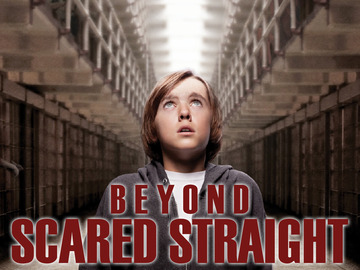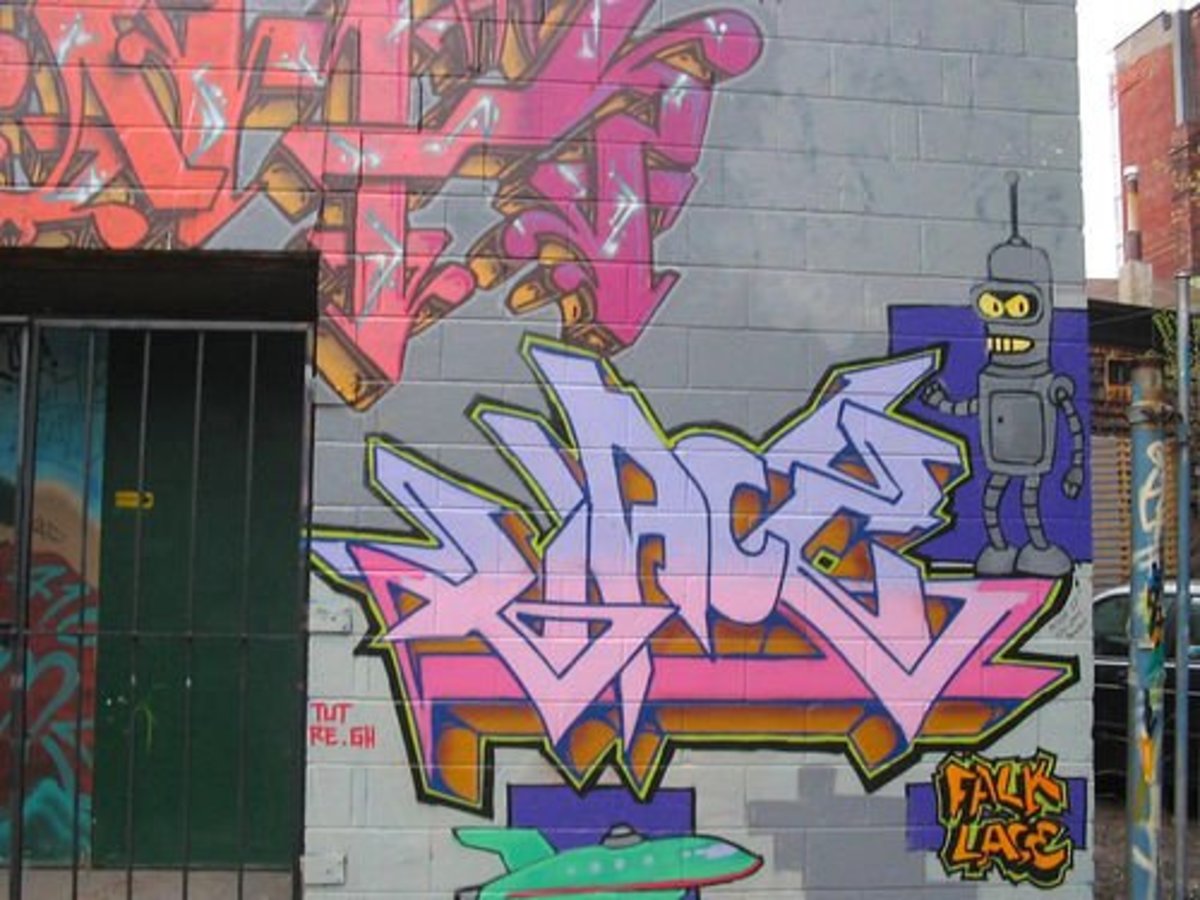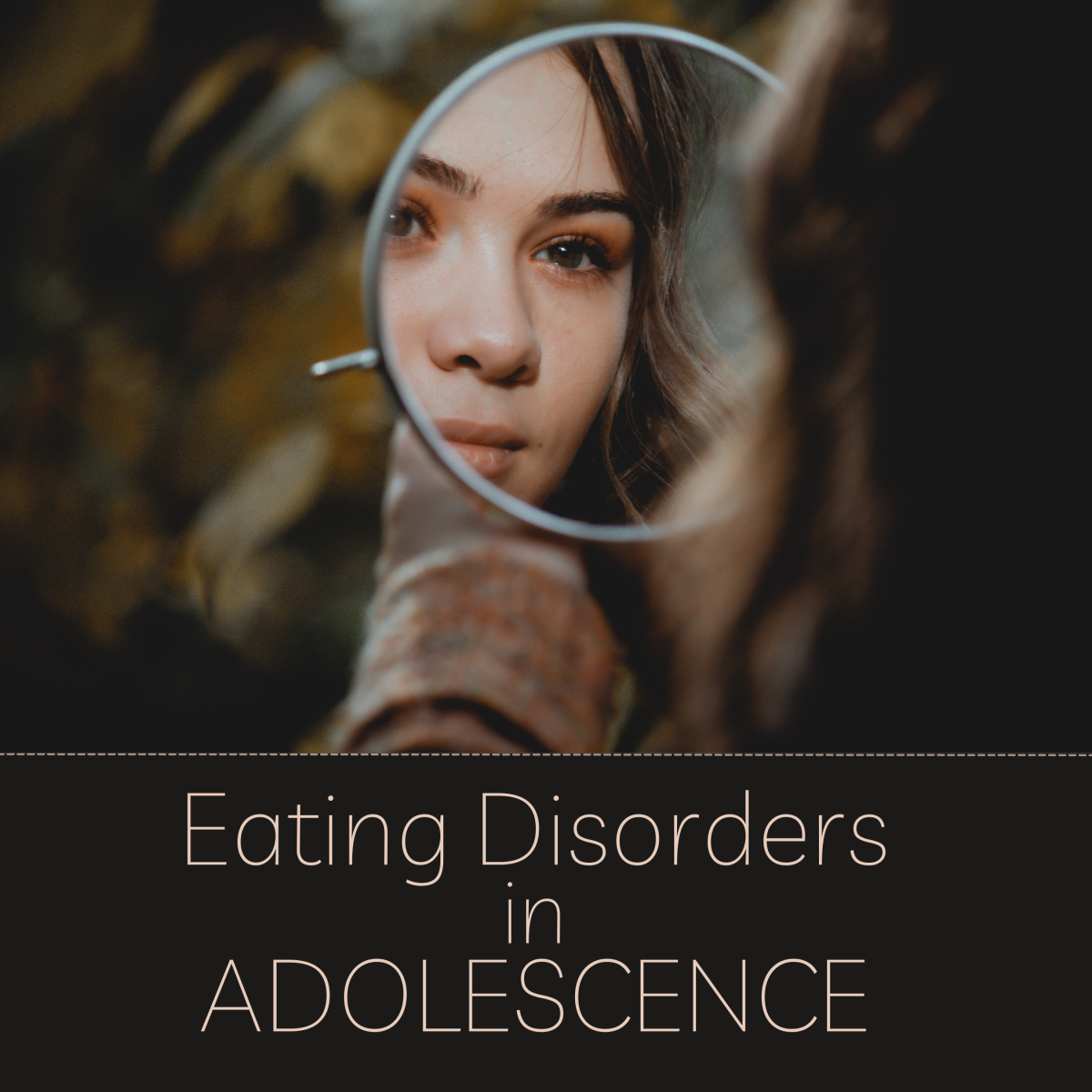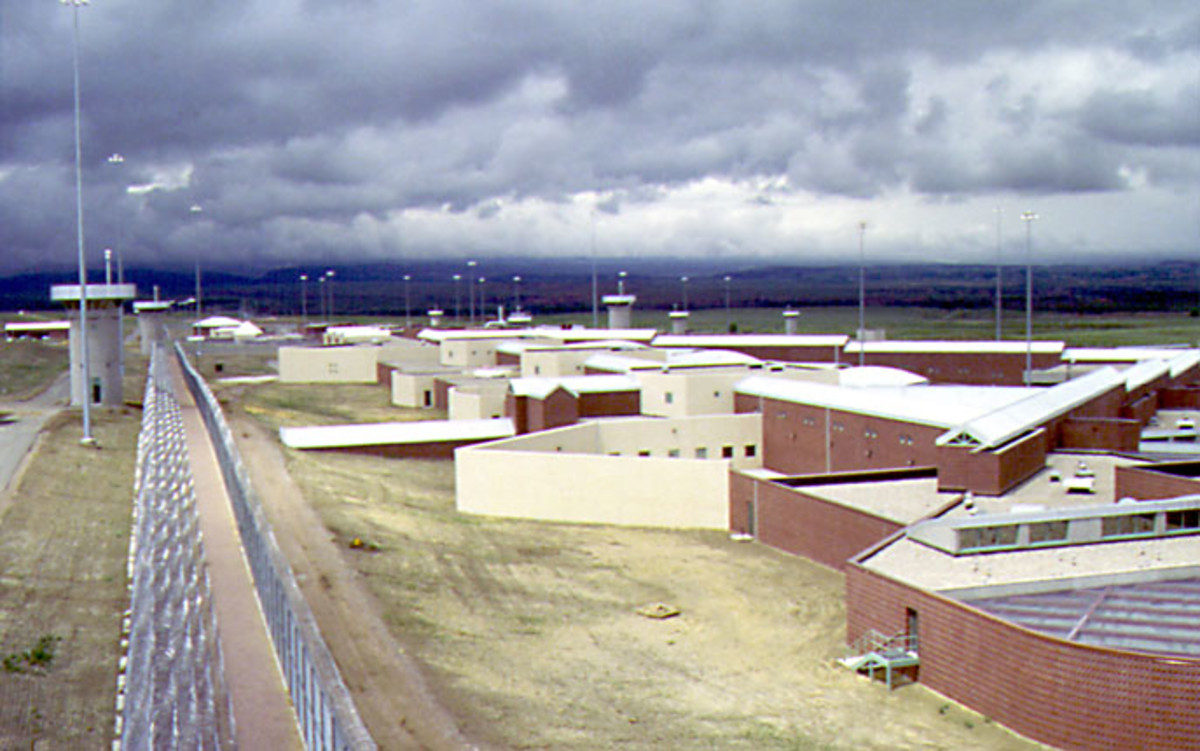Juveniles in Adult Prisons
by Amber Maccione

National Geographic's Kids Behind Bars
Boys in a Man's World
In today’s world, there are certain activities such as drinking alcohol and smoking cigarettes that have been saved for “adults”. Yet, there has been a trend occurring involving the sentencing of juveniles to adult prisons for certain crimes they have committed. Most people would say that adolescents need to learn to take responsibility for their actions and a hard sentence of time in adult prison would do them right (Ransford 2000). But is this really the best for them? Adult prisons are known to be rough and violent. Is this really the best place to place someone who is younger, weaker, and less experienced? Eric Davis, a convicted felon at the age of 18, would say that it makes no sense to sentence a juvenile to adult prisons where they can become victims and eventually turn into monsters (Kids Behind Bars 2008). Research has also supported Davis’ views; adult prisons lack the intervention options needed for adolescents to turn their lives around (Randford 2000), the risks of assault, abuse, and death are more prevalent for adolescents in prison than in juvenile facilities (Campaign for Youth Justice), and adolescents are not mentally, physically, and emotionally able to handle prison life (Ortiz 2003).
The main mission for juvenile justice is rehabilitation. Its goal is to do so by meeting their needs and involving families and communities in the process (Seiter 2008 p. 260). Juvenile facilities are equipped to offer programs that address the educational needs of the adolescents they serve such as GED programs. They also offer vocational training so that the juveniles can develop the skills needed to obtain a job after they are released. Juvenile facilities also offer drug and alcohol programs to help rehabilitate them so they can live sober, productive lives (Seiter 2008 p. 266-267). Adult prisons were built to maintain adult criminals. They are not equipped to meet the needs of adolescents (Campaign for Youth Justice). Instead, these adult prisons offer the opportunity for juveniles to become monsters by teaching them to learn from career criminals whom they must try to befriend in order to survive the hard life behind adult prison walls (Kids Behind Bars 2008; Campaign for Youth Justice).
Adolescents in adult prisons must continually watch what they say and do. They must stay on their toes and watch their back because they are easy targets since they are weaker and less experienced than the adults within the same walls (Kids Behind Bars 2008). Research shows that juveniles within adult prisons are twice as likely to be beaten up, fifty percent more likely to be attacked by a weapon, and more likely to re-offend once released because they have spent time with career criminals instead of getting an education or job training skills, which a juvenile facility would have offered them (Campaign for Youth Justice). The Council of Juvenile Correctional Administrators is quite opposed to the waiver of juvenile offenders (Campaign for Youth Justice). There are two types of waivers: mandatory (direct assignment of specific crimes committed by juveniles to be handled in adult courts) and discretionary (the juvenile courts decide on a case-by-case basis whether the court will waive the processing of the juvenile and allow prosecution as an adult in the criminal justice system) (Seiter 2008 p. 256). The MacArthur Foundation Research Network on Adolescent Development would agree with them. Their research shows that adolescents face harsher settings and experience developmental problems when placed in adult prisons rather than juvenile facilities that are trained and more equipped with helping rehabilitate and guide these youths by meeting their needs so that they can develop and become productive citizens in the communities (Campaign for Youth Justice).
Developmentally there are three reasons why juveniles should never be put in adult prisons: mentally, hormonally, and emotionally. There are two sides to this. The first is that juveniles commit crimes because they are not developmentally mature enough and the second is that the harsh realities of prison life they are not developmentally mature enough to handle and process. An adolescent’s brain develops rather slowly as they make the change from childhood into adulthood. Adolescence is defined as the ages of ten to twenty-five (Coalition for Juvenile Justice). The main area of the brain that the adolescents use is the amygdale (gut-instinct) rather than the frontal lobe where the prefrontal cortex is found. The prefrontal cortex is responsible for things such as reasoning, advanced thought, impulse control, anticipation of consequences, etc. (Ortiz 2003; Coalition for Juvenile Justice). What happens during juvenile development is the overproduction of gray matter in the brain, which is responsible for thinking. During adolescence the gray matter goes through pruning where the gray matter is shed and discarded and the white matter focuses, refines, and makes the brain’s operation more efficient (Ortiz 2003). During this pruning process, adolescents are more prone to crime because they are looking for stimulation and excitement that they once felt as a child. They seek riskier activities to get these same feelings. This is called reward-deficiency syndrome (Coalition for Juvenile Justice).
Other issues besides mentally not capable of handling adult prisons or understanding the consequences of their actions are the hormonal and motional changes that they go through. Testosterone increases heavily during the teenage years (giving way to more aggressive behaviors). Also, they have to deal with figuring out who they are as they are no longer children, but still not adults. Adolescents resort to self-absorption, mood swings, escapism, and riskier behaviors (Ortiz 2003). There sometimes are triggers (stressful experiences: domestic violence, drug and alcohol abuse by a family member, poorly supervised, or victims of physical/sexual assault) that also cause adolescents to commit crimes (Ortiz 2003).
There are many reasons why adult prisons are not the place for adolescents. Yes, juveniles may commit crimes that are so severe that we feel they should pay with harsh realities. But we are not all psychologists or doctors in the area of child development. Judges are not these either nor the prosecutors. Research shows that juveniles are not developmentally able to understand fully their actions or even developmentally equipped to handle life instead an adult prison world. Adolescents are easy targets within prisons and research also shows that they end up being victims instead of helped or punished in a safe environment. Juveniles are not adults. They are impressionable even the ones that seem to be monsters already. Rehabilitation is a better option especially since most outgrow a life of crime as they mature and their brain develops fully. The only facilities that are equipped to service juveniles in the best way so that they are helped and the community healed are juvenile facilities. Those who are not adults should not be thrown in with the wolves. They should be helped so that when adults they are productive instead of career criminals or worse – monsters.
References
(2008, December 10). Kids Behind Bars [Video file]. Retrieved from http://www.youtube.com/watch?v=DII1uVbf83U&feature=channel
Campaign for Youth Justice. “Youth in Adult Prisons Fact Sheet.” JJDPA Fact Book. Act 4 Juvenile Justice. Retrieved from http://www.act4jj.org/media/factsheets/factsheet_26.pdf
Coalition for Juvenile Justice. “Adolescent Brain Development & Juvenile Justice Fact Sheet.” JJDPA Fact Book. Act 4 Juvenile Justice. Retrieved from http://www.act4jj.org/media/factsheets/factsheet_12.pdf
Ortiz, A. (2003). “Adolescent Brain Development & Legal Culpability.” Juvenile Justice Center. American Bar Association. Retrieved from http://www.barry.edu/JJC/PDF/resources-juvenile-practice_info-adolescent_brain_development[1].pdf
Ransford, M. (2000). “Adult Prisons are Wrong Place for Most Juveniles.” Newscenter. Ball State University: Education Redefined. Retrieved from http://www.bsu.edu/news/article/0,1370,-1019-863,00.html
Seiter, R. (2011). Corrections: An introduction (3rd ed.). Saddle River, NJ: Pearson Education, Inc.
Should those under 18 years old serve time in adult prisons?
Copyright © 2012 http://ambercita04.hubpages.com/










